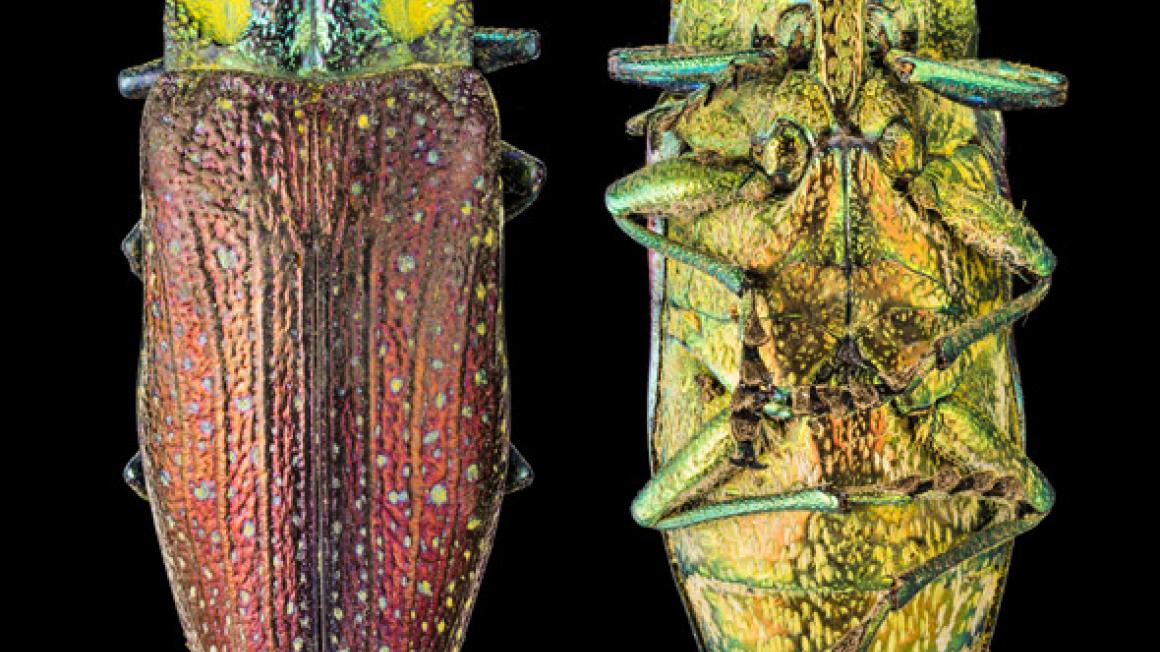Creatures & creations
 Park, during the late 19th century. An extraordinarily knowledgeable character, Walter Rothschild began accumulating what eventually amounted to thousands of species during his childhood. Later, as well as training zebras to draw his carriages, he published hundreds of books and papers and became well respected within the scientific community. When his parents gave him his own museum as a 21st birthday gift, the opportunity to show animals to the public was such a hit that this Natural History Museum continues to be a popular venue more than 120 years later. Such an appreciation of nature extended to Walter’s niece, Miriam, and his cousin, Ferdinand whose aviary still plays a vital role in international breeding programmes for endangered species.
Park, during the late 19th century. An extraordinarily knowledgeable character, Walter Rothschild began accumulating what eventually amounted to thousands of species during his childhood. Later, as well as training zebras to draw his carriages, he published hundreds of books and papers and became well respected within the scientific community. When his parents gave him his own museum as a 21st birthday gift, the opportunity to show animals to the public was such a hit that this Natural History Museum continues to be a popular venue more than 120 years later. Such an appreciation of nature extended to Walter’s niece, Miriam, and his cousin, Ferdinand whose aviary still plays a vital role in international breeding programmes for endangered species. Although current family members no longer import giant turtles from the Galápagos, or amass insects, their interest in wildlife is as fertile as ever, hence this summer’s exhibition in which the intricacies of nature’s patterns are reinvented as digital collages and contemporary fashion. The mix of exhibits is as appealingly eclectic as the artists involved. Platon H, whose initial career as a diplomat has been replaced by an exploration of abstraction in nature, transforms the detail and vibrancy of wings, feathers and carapaces of 14 species into large, square images. These bright, mesmerising patterns reflect a mathematical interest and showcase minutiae of birds and animals. Mosaic in form, the kaleidoscopic interpretations surround several display cases, which feature animals that inspired the show.
In this lively exhibition the work of a second Greek creative, Mary Katrantzou, adds an innovative dimension. As a fashion designer, Mary has long been celebrated for her printed textiles and craftsmanship. Past collaborations have included the New York City Ballet, Institute of Contemporary Arts and Paris Opéra. Here she has allowed inspiration from Walter Rothschild’s collections to influence three couture dresses, each markedly different in style but all of them incorporating the hues and shapes of the same species attracting Platon H.
The printed crêpe dresses are a riot of Swarovski crystals, sequins and bugle beads with lurex thread and heat-transferred crystal motifs adding to their luminosity. Indeed, the gowns are not only a symbol of nature, to wear them is to wear nature.
In this exhibition, Waddesdon Manor’s curators have fused the past with the present while championing a collaboration between two innovative creatives. At its heart, however, is the Rothschilds’ passion for nature which, despite dating back centuries, continues to influence and entertain.
Until 29 October at Waddesdon Manor, Waddesdon, Bucks: 01296- 820414, www.waddesdon.org.uk


